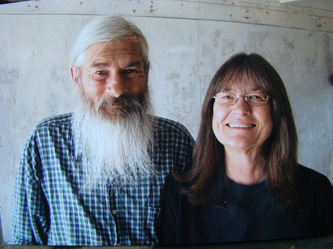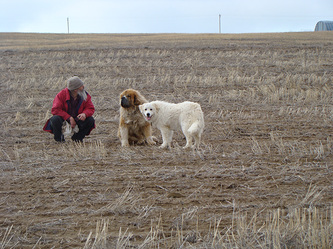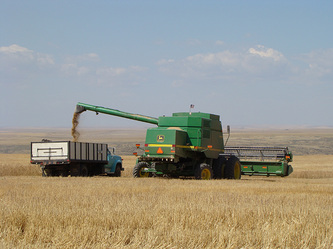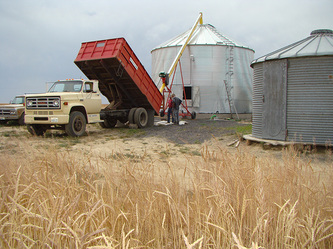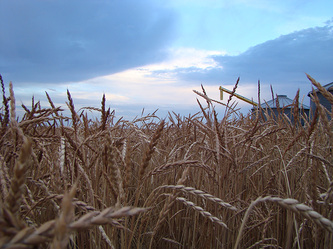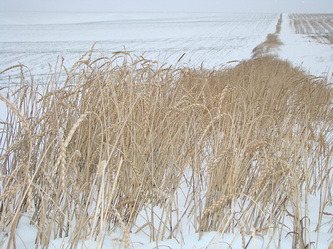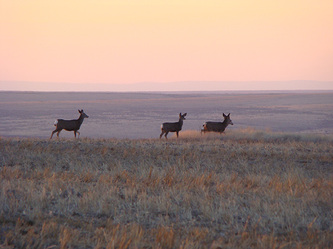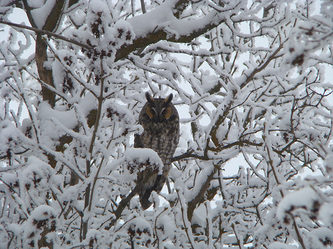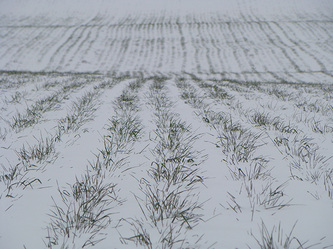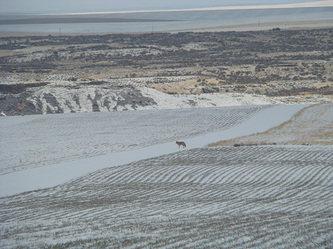Our Story'LENTZ RESURGENT GRAINS grew from a concept simple enough – to get out of commodity agriculture on a dryland farm the Lentz family tilled for a century. In 2000, Lena Lentz Hardt stood fieldside her last wheat crop: “Let’s grow Spelt.”
The Lentz's had been farmers for hundreds of years in various kingdoms and counties that would become Germany. Religious repressions and persecutions raged, but then the German noblewoman Sophie Auguste Friederike von Anhalt-Zerbst married Russia’s Tsar, to replace him as Tsarina Catherine the Great, in which capacity she invited European farmers to Russian lands still wild. In the 1760s, Catherine promised the farmer immigrants that they could adhere to their cultural identity, have religious freedom, be exempt from military service, and enjoy favored tax status. That sounded good to the Lentz's; they went to farm in Russia. A century later, though, the German farmers’ situation in Russia was growing politically precarious. Many of them, once again, emigrated in the late 1800s, this time to Canada, and some of them from there to the Dakotas. The Lentz's were among that group, later migrating west from North Dakota. Eventually they arrived on the Columbia Plateau around 1900. The fifth day of September, 1906, in the 131st year after the Independence of the United States, President Theodore Roosevelt signed the document that granted the Lentz family their land under the Homestead Act. The Columbia Plateau was filling up with optimists after the railroads had reached Eastern Washington State by 1900. Alas, that quick boom gave way to despair when the drought years of the 1930s turned the Plateau into a sand storm, while the Great Depression wiped out fortunes large and small. The land emptied, but this time the Lentz's did not join the exodus, they were among the persevering families who had decided to hang on. They raised milk cows, chickens, hogs, and tended a large garden; wheat, what little there was in those drought years, was their cash crop, in addition to the “cream check” for their cow’s milk they delivered to the Marlin train station. After the Second World War, climate and economy improved, but agriculture slowly became a more industrialized system. Lena can still remember her parents’ small farm raising gardens and wheat crops, and a relative recalls Spelt crops being grown for livestock feed, into the 1950s. But by the 1960s the era of homesteading came to an end. With every economy down-turn, more and more farmers went out of business. Today the average wheat farm production on low-rainfall dryland measures 3000 acres. Lena Lentz Hardt, with her 240 arable acres, was out of her comfort zone. Raising Spelt seemed a grand alternative to wheat production. The Spelt enterprise proved a success. But truth be told, our hard work had less to do with that than the plant itself. And propitious market forces in the specialty grain sector were wind in our sails. Spelt was something refreshingly different in the monoculture scape of wheat and feed barley. Triticum Spelta adapted extremely well to the sandy loam and the average 8-inch annual precipitation. Though a tall grass, Spelt sent its roots down to moisture during seasons furnace-hot and dry. Our hardy Spelt even survived the harsh winters of the Columbia Plateau. Out in the natural foods market, Spelt fit into several demand trends: Spelt sells as whole grain, both nutritionally and aromatically superior to wheat, and it is cherished as a heritage variety reviving agricultural biodiversity. Organic and local are also a big plus with conscientious folks. Working together with a handful of family farmers, we branched out, the first in Washington State to grow Emmer, Einkorn, and Black Nile Barley. We added Camelina oil seed, a companion crop of the hulled grains with outstanding taste and health benefits. We developed our own seed-increase plots, and we were the first in the state to introduce Camelina/Farro Mischkultur (intermingled planting). We’re not the only ones bringing back yesteryear’s wholesomeness. At farmers markets and in progressive stores, in artisan bakeries and top restaurants, forgotten colors sprout again – heirloom veggies, meats, herbs, fruits, grains emerge as though returning from some agricultural Elysium. The resurgence shows that we don’t have to kowtow to industrialization of foods that nourish us. In 2019, due to health reasons, the operations of Lentz Spelt Farms were taken over by Grand Teton Ancient Grains. |


